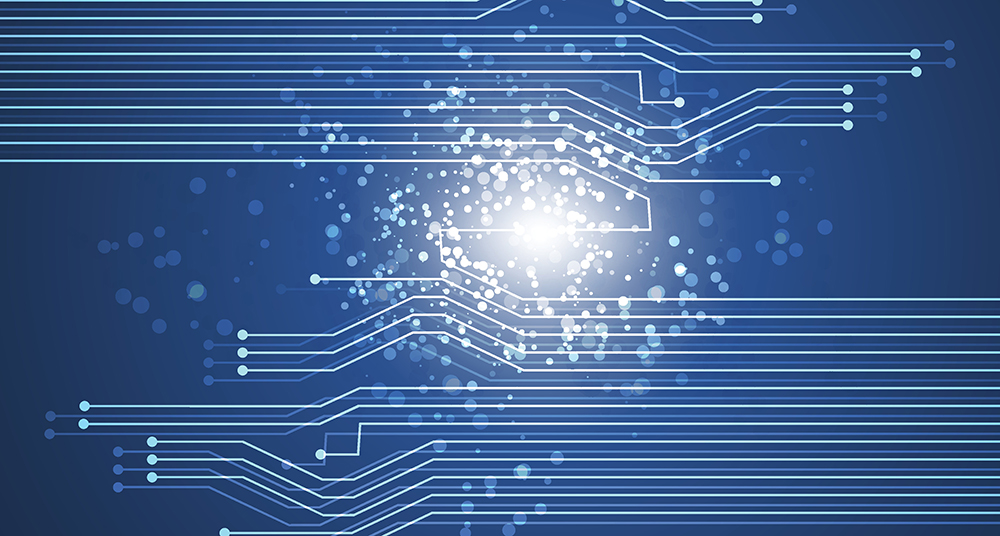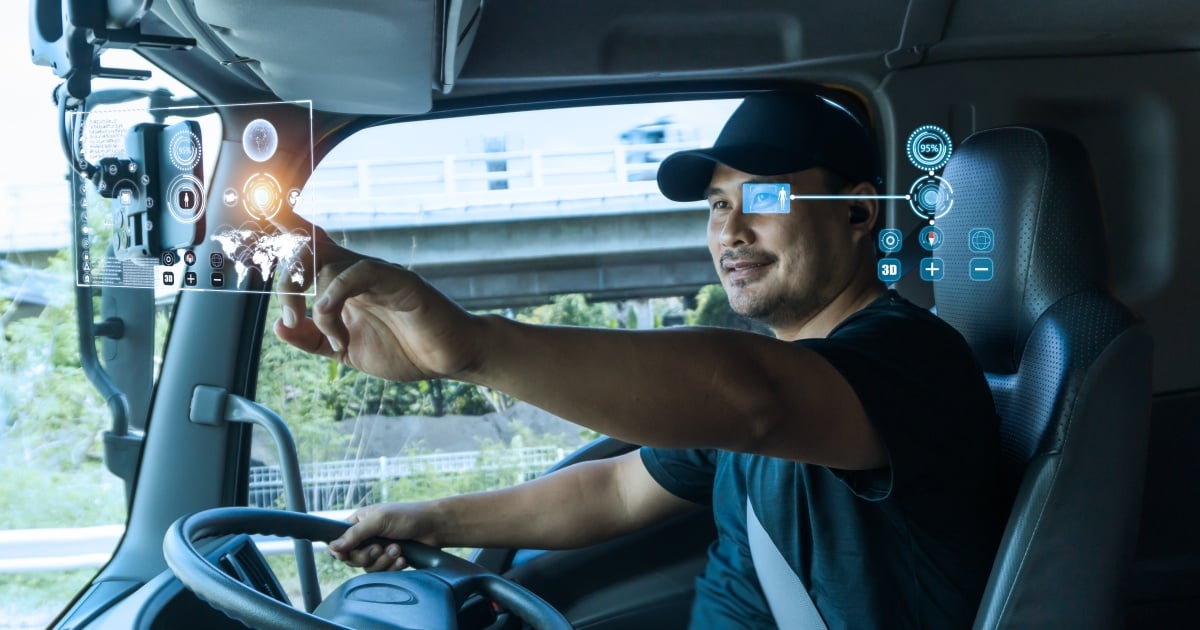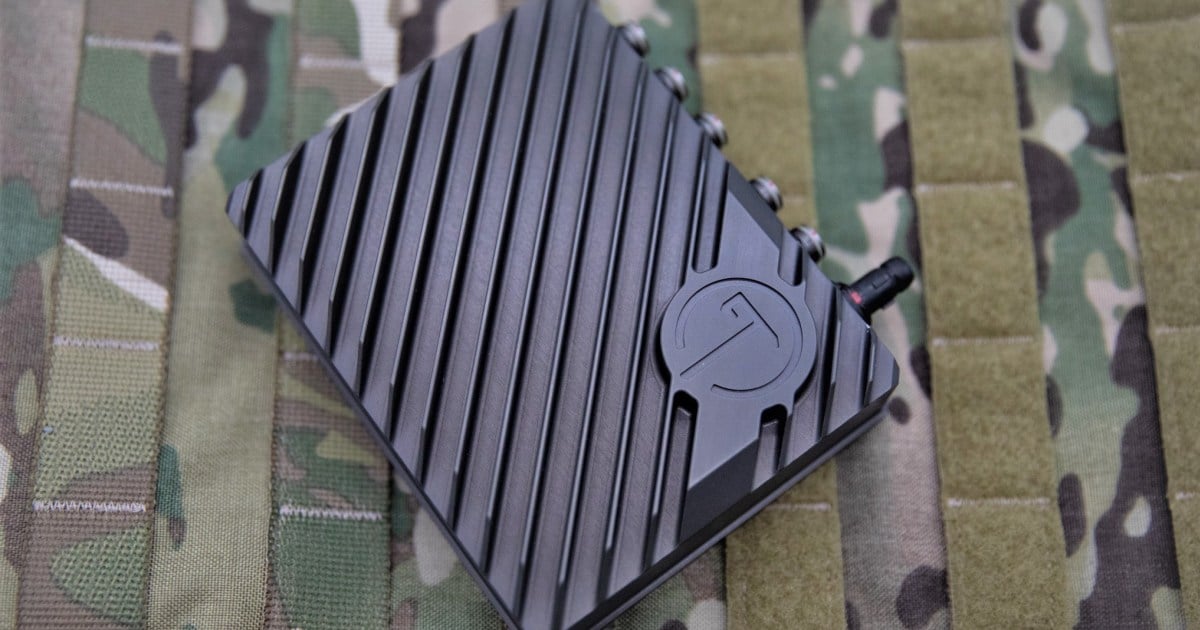
The drive for IoT is changing business processes from physical endpoint products to data driven services. You may have been deploying sensors and actuators in your network for years that are part of the Internet of Things (IoT). So you have already been dealing with IoT endpoints. The data produced is for decisions and responses to endpoint conditions.
However the number and application of new IoT endpoints is exploding and the diversity is expanding. It is time to realign your focus from thinking about the endpoint devices to the data that is produced and the actions taken in response to that data.
IoT Endpoints Deliver Data
There is a huge variety of IoT endpoints and applications, both industrial and consumer. IoT endpoints have embedded processors with individual identities that can sense changes, locate positions, process data, make decisions, and communicate the data and decisions to another system or service to be acted upon and produce responses. The endpoints require applications to fulfill the goals of the designers and users. They must be combined with other technologies such as wireless networks, social networks, cloud computing, and data analytics. From a management perspective, IoT success does not depend on one technology. The integration of multiple technologies leads users to enable and/or subscribe to data driven services.
The Management Challenge
The enterprise needs to focus more on the data than on the endpoint product. The point of IoT is to collect and respond to data. The thought process is a transformation towards the digitization of the enterprise. The knowledge gained from IoT endpoints leads to new service offerings. An enterprise can implement smart endpoints into a product, collect the data and sell new services. An alternate approach can embed the IoT technology into their internal machines and systems to optimize their processes and improve efficiency and safety. In both scenarios, the digital transformation will be complex and need careful management.
Which Strategy, Bottom Up or top Down?
Digital transformation has followed a bottom up approach. This process begins with identifying digitization technologies and applications then moves on to use cases. This effort depends on the existing and improved infrastructure, internal staff resources, and culture. In some cases external resources are required to meet the requirements. Things can go wrong when only applying the bottom up approach.
The top done approach can alleviate some of the weaknesses of the bottom up approach by first creating a strategic vision not just a set of solutions. This approach will probably have stronger C-level support and buy-in which can go a long way to gaining the necessary budget and speeding up the transformation processes. The bottom up and top down approaches must be combined and not be competitive to deliver success.
Data Drives the Business Model
IoT endpoints produce valuable data. The market is expanding allowing small to medium sized organizations to enter the field. The IoT product is now in background. The collected data can be monetized, which changes the enterprise business model. The continuous delivery of data can lead to a subscription based revenue stream not a one-time payment.
The customers’ needs to be more involved in the service and value creation. This in turn changes the enterprise customer relationship. The major activity is to convert data into value. The enterprise has to implement the appropriate digital platforms. The services offered will have to be priced with new cost structures. The enterprise’s internal organizational units will need to be modified or completely restructured to support the new services.
The enterprise to customer relationship will change from a traditional buyer-seller relationship to a more complex relationship that operates as a partnership. If the data value produces financial and business results, then the buyer-seller relationship will improve and buyer loyalty will be gained.
Edited by
Ken Briodagh





